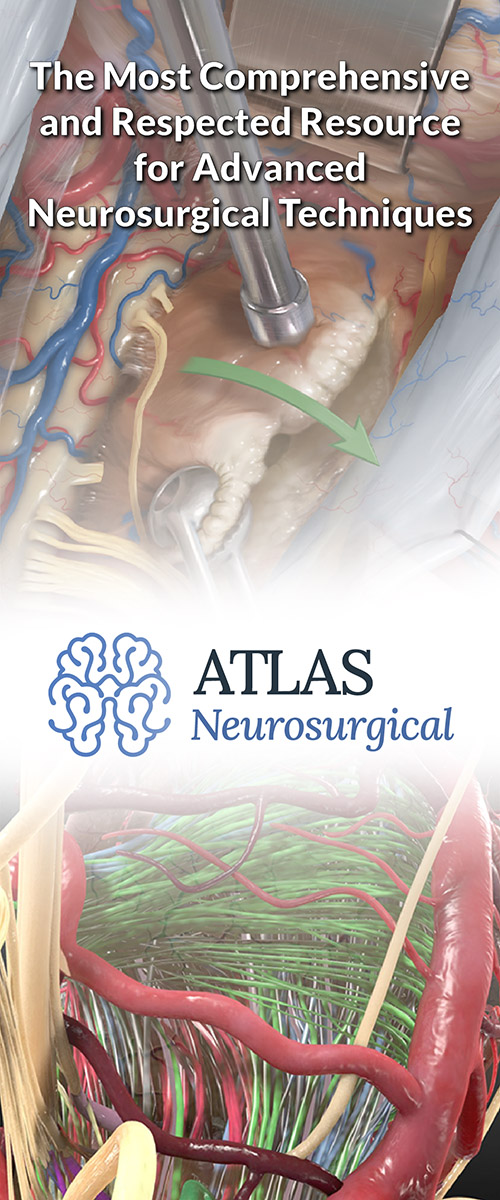Causes of CSF Leak
Cerebrospinal fluid (CSF) plays a key role in protecting the brain and spinal cord. It acts as a cushion by absorbing shocks from injury, as well as providing essential nutrients to keep the central nervous system (CNS) healthy.
However, when this protective fluid leaks, it can lead to a range of symptoms and challenges. In this article, we will explore the causes of CSF leaks, helping you understand what situations might lead to this condition, and touch on methods of treating this potentially debilitating condition.
What is a CSF Leak?
A CSF leak happens when there is a tear or hole in the dura mater, which is the protective, outer layer that surrounds the brain and spinal cord. This allows the cerebrospinal fluid (CSF) to escape, potentially leading to decreased pressure around these vital organs.
CSF leaks can be classified into two main types based on their location: cranial CSF leaks (inside the skull), or spinal CSF leaks (along the spinal column). Diagnosis of both types of CSF leak at the same time (cranial and spinal) is rare.
Causes of Cranial CSF Leaks
- Trauma or Head Injuries: A blow to the head can create fractures or tears in the base of the skull, allowing CSF to leak through the nose or ears.
- Surgical Procedures: Surgeries involving the sinuses or brain can sometimes result in accidental damage to the dura mater, leading to cranial CSF leaks. This is particularly true for surgeries that involve the base of the skull.
- Spontaneous Factors: Some individuals experience increased pressure in the skull without a known cause, which can lead to spontaneous cranial CSF leaks. This condition, referred to as idiopathic intracranial hypertension (IIH), is more common in women aged 20-45, and is often associated with obesity.
Why should you have your surgery with Dr. Cohen?
Dr. Cohen
- 7,000+ specialized surgeries performed by your chosen surgeon
- More personalized care
- Extensive experience = higher success rate and quicker recovery times
Major Health Centers
- No control over choosing the surgeon caring for you
- One-size-fits-all care
- Less specialization
For more reasons, please click here.
Causes of Spinal CSF Leaks
- Medical Procedures: One of the most common causes of spinal CSF leaks is medical procedures like spinal taps (lumbar punctures), epidural injections for pain relief, or imaging tests that involve injecting contrast dye into the spinal canal (myelograms). The use of needles during these procedures can create small holes in the dura, leading to leaks.
- Injuries: Traumatic events such as falls, car accidents, or sports injuries can result in damage to the spine or dura mater, potentially leading to a leak. These injuries might not always be immediately noticeable but can lead to symptoms over time.
- Spontaneous Leaks: Sometimes CSF leaks occur without any obvious cause or injury, referred to as spontaneous leaks. They may be associated with activities that increase pressure on the spine, such as heavy lifting or intense physical activity. Spontaneous leaks can also be linked to underlying spinal conditions like bone spurs or calcified disc material.
Symptoms of CSF Leaks
The symptoms of CSF leaks can vary depending on whether they are spinal or cranial:
Cranial CSF Leak Symptoms:
- Clear fluid drainage from one side of the nose or ear
- Headaches
- Hearing loss
- Metallic taste in the mouth
- Risk of meningitis if left untreated
Spinal CSF Leak Symptoms:
- Headaches that worsen when standing or sitting up
- Neck stiffness and pain
- Nausea and vomiting
- Dizziness and balance issues
- Changes in vision and hearing
If you experience these symptoms, especially in combination or if they persist, it’s important to consult a healthcare provider for proper evaluation.
Diagnosis and Treatment
Diagnosing a CSF leak involves a detailed medical history review and a physical exam. Doctors may use imaging tests, such as CT or MRI scans, to locate the source of the leak. For cranial leaks, collecting a sample of nasal drainage for testing can if it is CSF.
Treatment varies based on the severity and location of the leak:
- Rest and Hydration: Many minor cases improve with bed rest, increased fluid intake, and sometimes caffeine consumption to help repair leaks naturally.
- Epidural Blood Patch (EBP): For spinal CSF leaks that don’t respond to conservative treatment, an epidural blood patch may be used. This procedure involves a small amount of the patient’s own blood being injected near the leak to form a clot and seal it.
- Surgical Repair: Severe cases may require surgical intervention to repair tears in the dura mater using minimally invasive techniques.
Key Takeaways
- Understanding the causes of CSF leaks is essential for recognizing symptoms early and seeking appropriate treatment.
- While some causes are unavoidable due to necessary medical procedures or accidents, being aware of activities that might increase risk can help prevent spontaneous occurrences.
- If you suspect a CSF leak due to persistent headaches or unusual nasal drainage, consult a healthcare professional promptly for evaluation and management.




